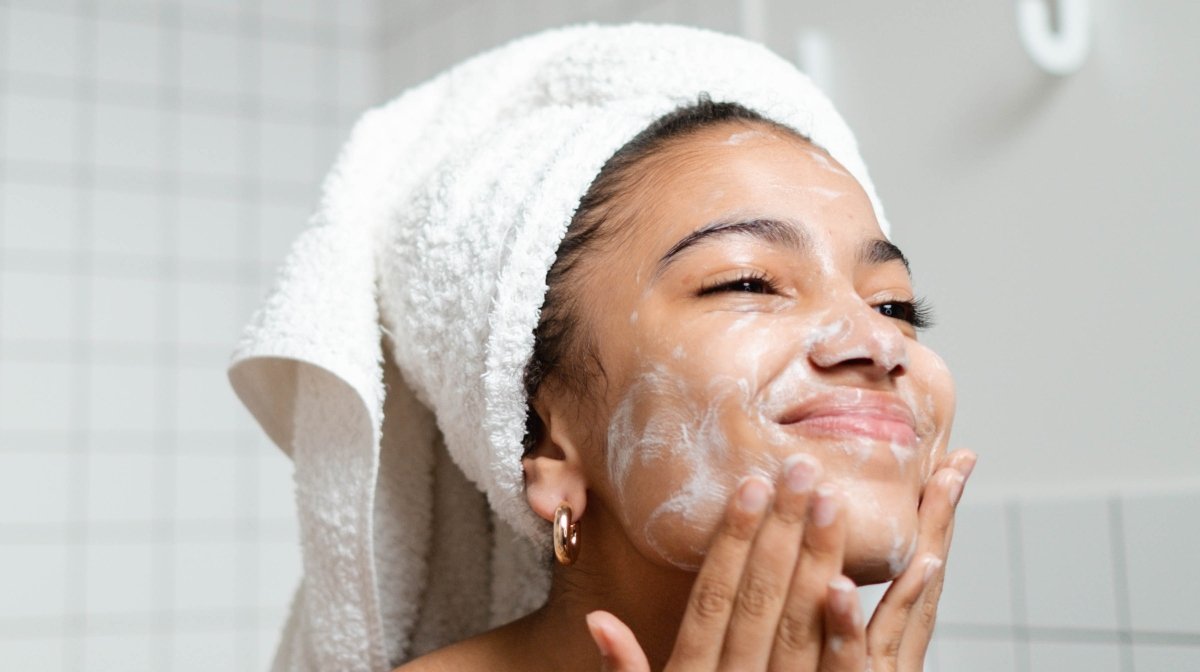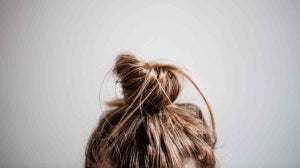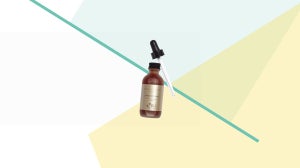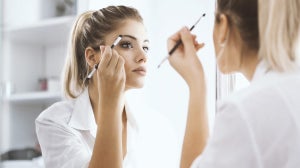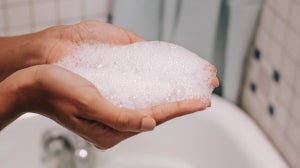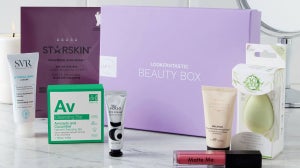
Acne. The sad reality for many of us mortals. On occasion, you may have the misfortune of waking up with a blemish or two blaring at you from the middle of your forehead. Thus begun the onslaught of quick-fix acne treatments.
With this scary, red demon plastered on your face, you did anything and everything to get rid of it before seizing the day. Everything from excessive scrubbing to gobs of toothpaste perhaps—but to no avail, because the reality is acne doesn’t go away instantaneously. But we can incorporate acne treatments into our beauty regimens, and here are a few ingredients that are a must to add to your skincare routine.
Finding the Acne Treatment that’s Right for You
You may be asking yourself, “How do I start an acne treatment?”
For most people, acne is easily controlled by being diligent about washing their faces with a gentle face wash and moisturizing appropriately afterward. Occasionally, you run into someone who is the exception to the norm.
If you find you are one of those people—or just don’t know what to do about the occasional breakout, here is a little break down of the different types of acne treatments you can incorporate into your skincare routine.
Benzoyl Peroxide
Many over-the-counter treatments will contain a small amount of benzoyl peroxide, especially facewashes.
This ingredient works by killing the bacteria that is causing the acne. While this is an effective drug, it also has the tendency to be harmful to the skin, so moisturizing is very important if you use a product facewash with benzoyl peroxide.
Benzoyl peroxide can be available in larger percentages in prescription treatments. If this is something you want to look into, contact your dermatologist about what topical treatment is best for you.
One last thing…benzoyl peroxide also has bleaching properties, so when you wash RINSE WELL! If you don’t, you’ll end up having towels with nice face prints stamped wherever your complexion and the terry cloth made contact. There’s no prescription fix for that, my friend. Use only if you’re willing to put your blessed bathing towels on the line. Benzoyl Peroxide may be the solution for you, but it may show in more places than just your face.
Salicylic Acid
This is probably one of the most common ingredients found in over-the-counter treatments. Not only is it used in skincare acne treatments, but this will be thrown into other beauty products as well, such as concealers and foundations so your beauty product can serve double-duty!
Salicylic Acid amounts in these products will range from .5 to 5 percent, but as the percentage increases so does its tendency to cause skin irritations like mild stinging and redness.
Alpha Hydroxy Acids
There are two different types of hydroxy acids used in non-prescription acne treatments: glycolic acid and lactic acid.
These two acids work by helping to remove dead skin cells and reduce inflammation. Aside from being brutal enemies to the ever-dreaded, inevitable blemish they also encourage new cell growth, giving the user smoother skin; which can help improve the appearance of acne scars and give the impression of smaller pores.
However you choose to treat your acne, don’t lose faith! The first thing you try may not be the best solution, but that doesn’t mean you are doomed to live with acne, it just means you haven’t found your answer yet.
There is a brighter day ahead where you don’t wake up to an unpleasant surprise in the mirror!

